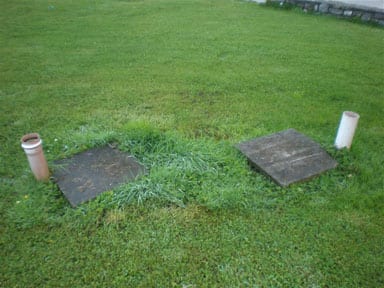
“I want to bring clarity to the more than 440,000 septic tank owners about the specific proposals in the pending legislation,” said Minister Hogan. “The draft legislation will provide for a proportionate and risk-based approach to inspections. It is intended that inspections would be targeted to sensitive areas, for example, where drinking water sources or habitats are likely to be, or have been, impacted upon”.
He says the new legislation is being framed to minimise the impact on householders who can be assured that if their systems are working properly and are being maintained they need not be concerned.
“The likelihood is that inspections under the new system will commence in 2013. If we do not comply with the 2009 ECJ ruling in a timely manner Ireland will be the subject of significant fines by the Court.”
The level of the fines could be a lump-sum penalty of €2.7mn and continuing daily fines for continued non-compliance of more than €26,000 per day, equivalent to more than €9.5mn per annum.
The Environment Minister has given a summary of the key features of the proposed new system, as follows:
* All householders with septic tanks and other on-site systems will be required to register details of their system with the relevant local authority and a national register will be compiled and held by the EPA;
* Householders will be required to pay a modest registration fee (a fee of no more than €50 is envisaged);
* Following the initial registration, householders will not be required to reregister their systems for several years – an interval of 5 years is envisaged between each registration;
* The revenue generated will support the delivery of a national inspection plan which will be developed by the EPA and its roll-out will be managed by the local authorities;
* While inspections would be concentrated on areas with higher risk to the environment and public health, they will also be carried out in lower risk areas but at a lower rate;
* Inspections may give rise to householders being advised to improve the maintenance of their systems or, in more serious situations, may require the upgrading or remediation of the treatment system.







